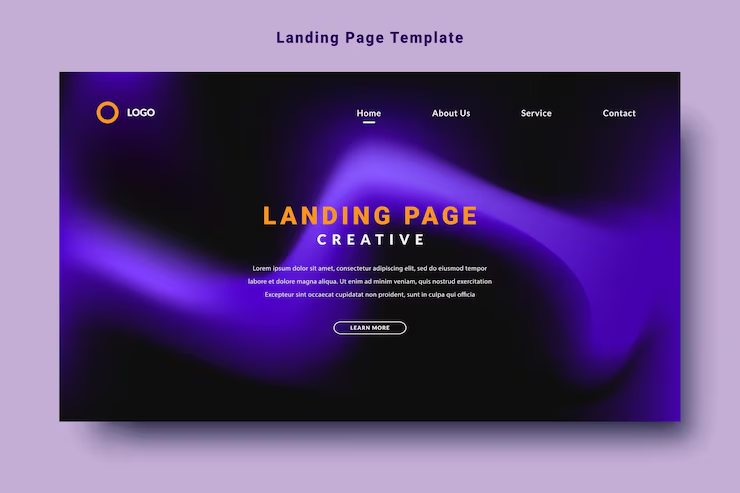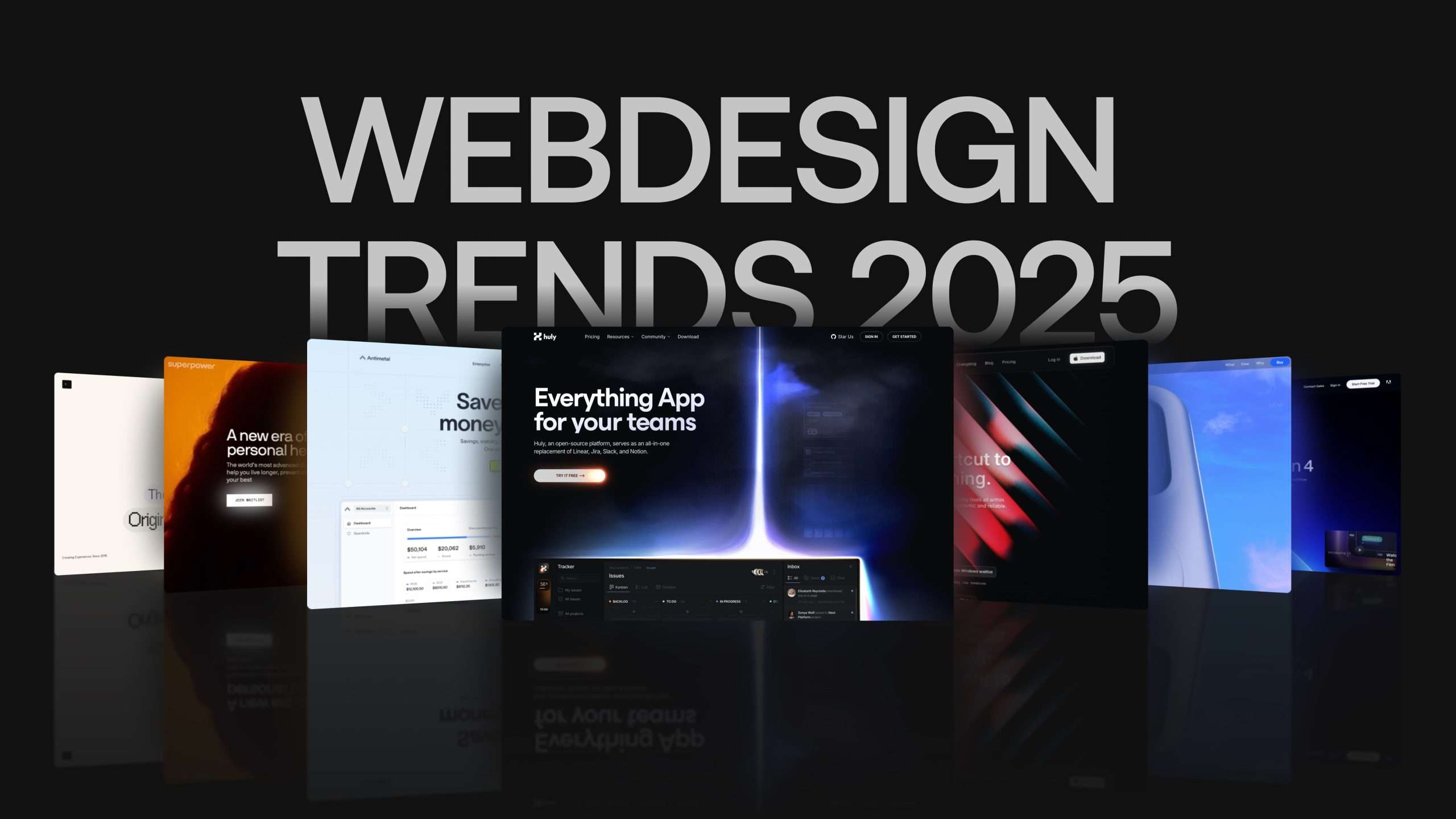Web design trends are more than just visual fads—they reflect how users interact with the web and what they expect from digital experiences. As we venture deeper into 2025, designers and developers must keep pace with evolving design philosophies. This blog explores five emerging trends that are shaping the web this year.
1. Immersive Scrolling Experiences:
Scrolling is now an event-driven experience. Websites are using scroll-triggered animations, 3D transformations, and parallax effects to create a sense of depth and motion. This keeps users engaged and turns browsing into a story.
2. Brutalist Design Aesthetic:
Brutalism in web design uses raw layouts, loud fonts, minimal color palettes, and almost anti-design elements. It’s bold, unapologetic, and attention-grabbing. Developers are adopting it to break from traditional UX molds and make statements.
3. Adaptive Dark Mode:
What began as a feature is now a standard. Users want the option to toggle between light and dark modes. Smart color systems and automatic theme detection based on system settings are now must-haves.

4. AI-Powered Personalization:
With tools like ChatGPT and predictive UX, websites are offering tailored content experiences based on user behavior. Dynamic content loading, customized CTAs, and on-the-fly layout adjustments are enhancing engagement.
5. Accessibility-First Mindsets:
Inclusion is no longer optional. Designers are building with screen readers, keyboard navigation, color contrast, and alt text in mind. This also boosts SEO and ensures a broader reach.
These trends are not isolated—they often work together. For example, immersive experiences rely on accessibility-conscious design to remain usable. Similarly, dark mode must be carefully paired with brutalist visuals to maintain clarity.
Implementing these trends requires experimentation. Use design tools like Figma or Adobe XD to test ideas. Keep an eye on user feedback and analytics to refine your implementations.
Designers should also follow communities like Dribbble and Behance to see real-world applications of these trends. Inspiration and innovation often go hand-in-hand.
Remember: trends are guides, not rules. Adapt what fits your brand, audience, and project goals.


